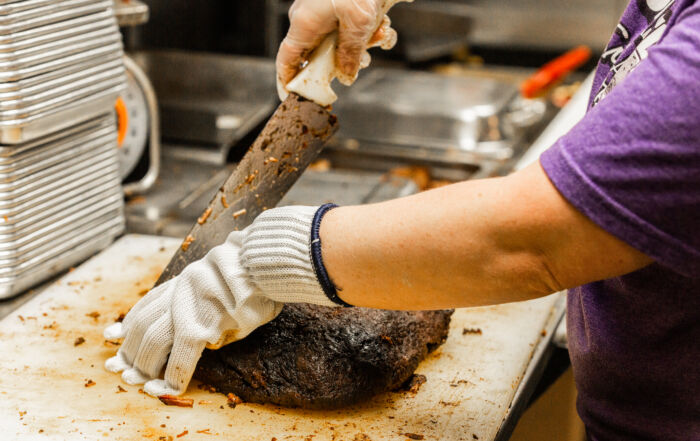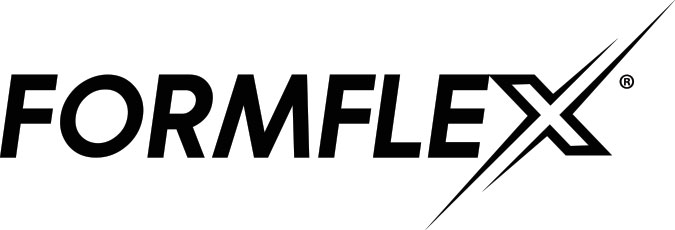Before They Arrive: Your Health Inspection Prep List
A few weeks ago, I welcomed our local health inspector into a class I was teaching about food service management. I was reminded of the stress and fear that the local health inspector would cause me to feel as I saw him approaching our establishment. In many of those cases, he was just stopping by to dine with us, not necessarily conducting an inspection, but the same feeling came over me each time I saw him in the parking lot heading for the front door.
So much in the food safety world has changed since those days 20 years ago. While our health inspector back then was just as much of a friend and ally for our business as they are today, it certainly didn’t feel that way. It is important to remind ourselves as operators that the inspector is there to be an ally for our business and help us succeed on the food safety front. They are there to be a resource, but they are also there to enforce the health code and to ensure that the public is protected from unscrupulous operators.
Although I want you to think about your inspector as a strong ally and good resource for your business, that doesn’t mean that you shouldn’t have an eye toward your next health inspection and be prepared for the time that the inspection does occur. I also don’t want you to think about it as “just getting ready for the inspection”. This is akin to college students cramming for an exam and promptly forgetting everything they learned as soon as the exam is completed. Rather, think about it in terms of continuous improvement of your food safety program. As such, regular self-inspections are critical to making sure you are promoting a culture of food safety and putting your best foot forward – for your team, your guests, and the health inspector. While many, many things are a part of your overall food safety program, here is a checklist focused on the most common causes of foodborne outbreaks to get you thinking about your overall food safety program and that next inspection.
The initial step in preparing for a health inspection is acknowledging its importance and proactively developing a comprehensive plan to address potential issues.
- Time and Temperature Control
- Regularly calibrate thermometers to ensure accuracy. Check your local regulations, but the 2022 FDA Model Food Code indicates they should be accurate within 2ºF or 1ºC.
- Maintain correct temperatures:
- Coolers are kept at or below 41°F
- Freezers at 0°F or lower
- Cooking foods to their recommended internal temperatures (e.g., poultry to 165°F).
- Receiving foods at the proper temperatures
- Ensure that the thawing of foods is done properly – under refrigeration or running water- and never leave it out to thaw on the counters.
- Cool foods quickly, using an approved process. Remember, food should be cooled from 135°F to 70°F within two hours and from 135°F to 41°F or less within a total of six hours.
- Consider implementing logs to ensure you are maintaining correct temperatures. We have a great one available free on the FoodHandler website!
- Personal Hygiene
- Staff members should adhere to strict personal hygiene standards:
- Wear clean uniforms, appropriate hair restraints, and close-toed shoes.
- Wash hands thoroughly and frequently, especially after handling raw foods, using the restroom, or switching tasks.
- Fingernails are short, clean, and unpolished.
- Gloves are used appropriately. We have a thorough glove audit form available on our website for you to use to ensure gloves are used correctly by your employees.
- For food production workers, jewelry should be limited. Employees may not wear jewelry on their arms or hands except for a plain wedding band.
- Any wounds or cuts are properly covered and protected.
- Eating and smoking are done only in designated areas away from food production.
- Ensure employees know and follow your procedures to prevent employees from working when ill and spreading contamination.
- FoodHandler has some great signage available for you to use about how to wear gloves, proper handwashing, and when to change gloves.
- Staff members should adhere to strict personal hygiene standards:
- Cross Contamination
- Clean and sanitize food contact surfaces after each task. This should also include cleaning and sanitizing work surfaces before you start the day. Who knows what happened in that kitchen and on those countertops the night before?
- Separate raw and cooked foods to prevent cross-contamination. Check out our refrigeration storage guide to help with this.
- Use separate cutting boards and utensils for raw and ready-to-eat foods.
- Store chemicals away from food and food preparation areas.
- Store small utensils such as whisks, knives, or rubber spatulas in a manner that protects them from contamination.
- Label and date all items, following the first in, first out (FIFO) method to ensure older stock is used first.
- Ensure dishwashing machines are functioning correctly and reach appropriate sanitizing temperatures.
- Store food in sealed containers.
- General Facility Issues
- Keep floors, walls, and ceilings clean and in good repair.
- Ensure restrooms are clean, stocked with necessary supplies, and in working order.
- Dispose of garbage regularly and keep waste areas clean to deter pests.
- Seal any gaps or openings where pests could enter.
- Ensure food is stored at least 6” off the ground, including all freezers, coolers, and storage areas.
- Regularly clean and sanitize in-place kitchen equipment.
- Schedule regular inspections with a licensed pest control professional.
- Ensure all permits and licenses are current and accessible.
- Food Safety Training
- Conduct regular training sessions on food safety practices. Staff are your first line of defense in most food safety issues.
- Keep records of training sessions and certifications.
This checklist is not intended to be an all-inclusive list of inspection items to look for; certainly, a checklist for that would be multiple pages and much more comprehensive. This is just to get you thinking about your overall food safety program.
The initial step in preparing for a health inspection is acknowledging its importance and proactively developing a comprehensive plan to address potential issues. By recognizing the significance of the inspection and implementing a structured approach, you can ensure your establishment meets health standards and operates smoothly. Risk Nothing.
READ MORE POSTS
The Second Wave: Food Safety Myths That Deserve Your Attention
Walk into any commercial kitchen, and you'll find hardworking staff following protocols they have learned [...]
What Your Staff Gets Wrong About Food Safety (And How to Fix It)
Earlier this month, I was mindlessly scrolling through Facebook when I came across a post [...]
Your Guide to Approved Food Safety Training Programs in 2025
Early in my foodservice career, I persuaded the owners of the restaurants I managed to [...]
Thanksgiving Food Safety: Separating Fact from Fiction
Most blogs that I write are geared toward the foodservice professional preparing food in commercial [...]










